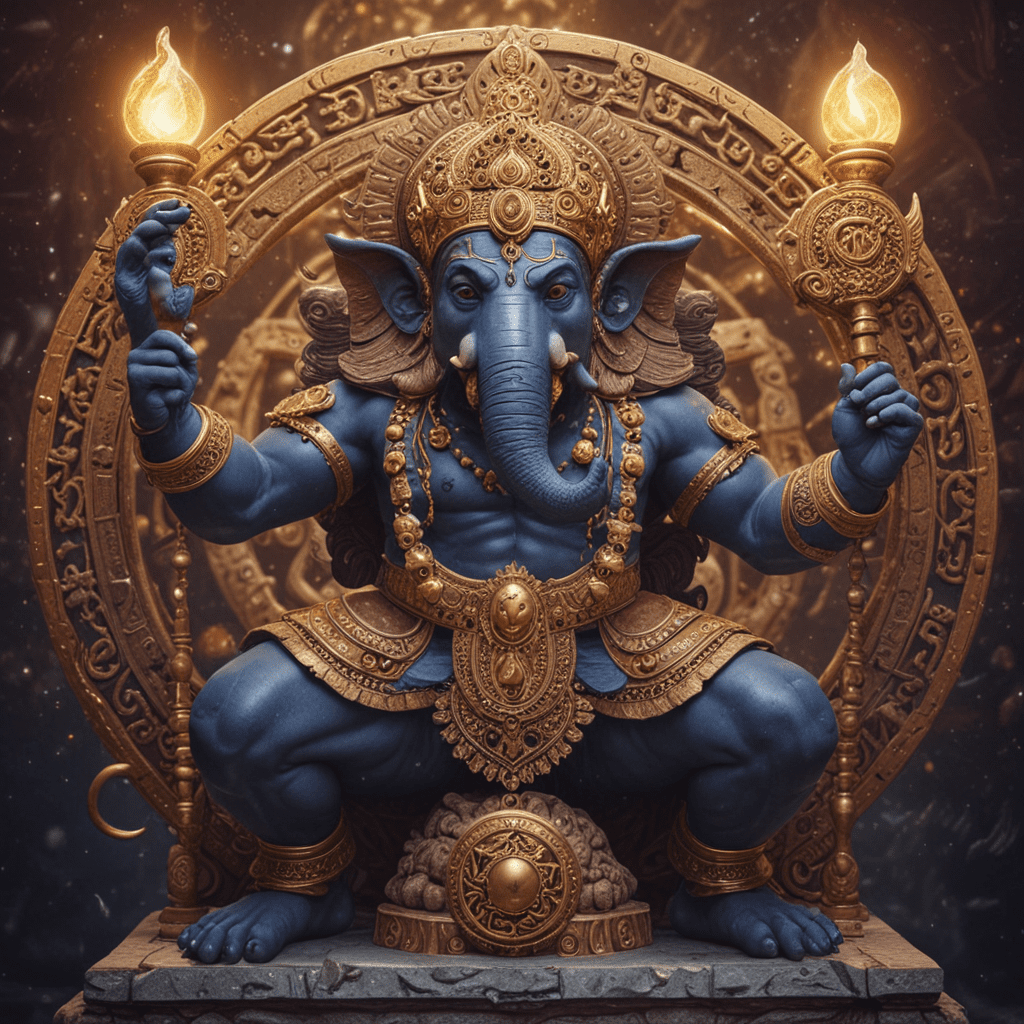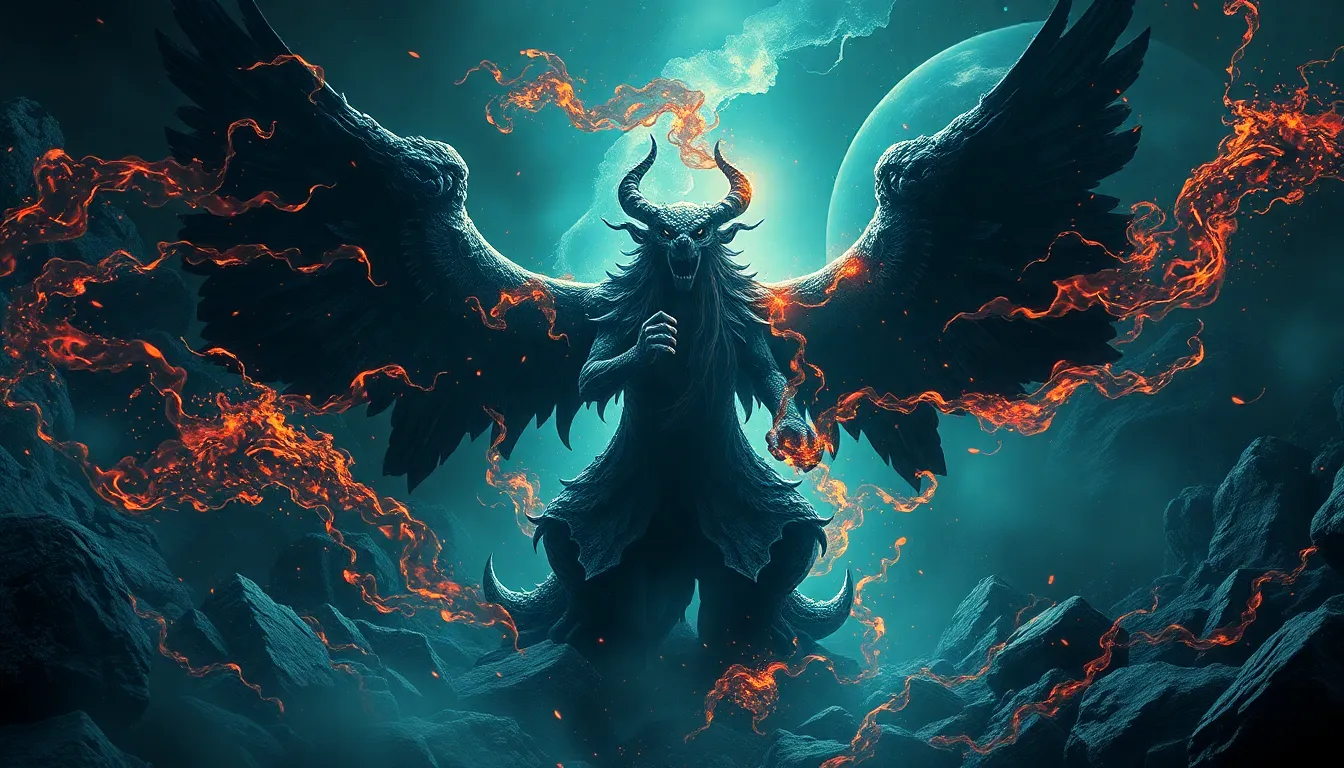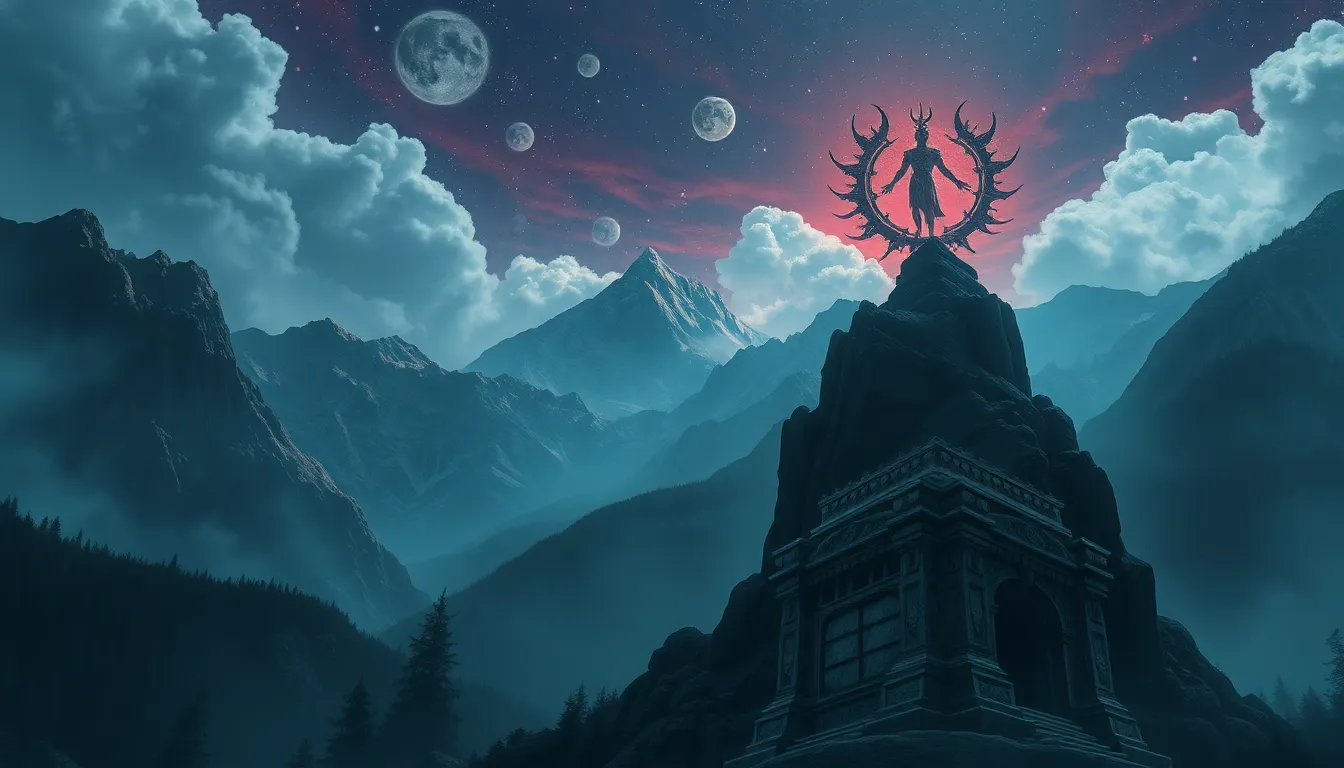The Myth of Rahu and Ketu
In Hindu mythology, the story of Rahu and Ketu is an intriguing tale that has captivated imaginations for centuries. These celestial entities represent the lunar nodes in Vedic astrology and hold profound significance in determining an individual's destiny and life path. The myth surrounding their origins is a fascinating blend of cosmic drama, deceit, and divine justice.
Origins of the Myth
The myth of Rahu and Ketu stems from the ancient Vedic legend of the Churning of the Ocean. This grand event, known as Samudra Manthan, involved the gods and demons working together to extract the divine nectar of immortality, known as Amrita, from the cosmic ocean. The process was arduous and required the use of Mount Mandara as a churning rod and the serpent Vasuki as the churning rope.
The Churning of the Ocean
As the churning commenced, various celestial beings emerged from the ocean, including the goddess of wealth, Lakshmi, the god of healing, Dhanvantari, and the divine horse, Ucchaishravas. Among them, the god of poison, Halahala, also appeared, threatening to destroy all life with its toxic vapors. To save the gods and demons, Lord Shiva consumed the poison, turning his throat blue and earning him the epithet "Neelakantha."
Rahu’s Theft of the Nectar
As the gods and demons continued their efforts, a clever demon named Rahu disguised himself as a god and sneaked among them. When the time came to distribute the Amrita, Rahu took advantage of the chaos and swallowed some of the nectar. However, the Sun and Moon, who had observed his deceit, alerted the gods.
Ketu’s Creation
Indignant at Rahu's cunning, Lord Vishnu immediately severed Rahu's head from his body. However, since Rahu had already consumed the nectar, his head remained immortal, becoming known as Rahu. Meanwhile, the headless body took the form of another demon, Ketu.
The Curse of the Gods
Enraged by Rahu's treachery, the gods cursed him with eternal separation from his body and a perpetual quest for the Sun and Moon, whom he had wronged. In retribution for Ketu's association with Rahu, he too was cursed with a headless existence.
Rahu and Ketu as Lunar Nodes
In Vedic astrology, Rahu and Ketu represent the two lunar nodes, which are mathematical points where the Moon's orbit intersects with the ecliptic, the Sun's apparent path in the sky. Rahu is associated with the North Node, while Ketu represents the South Node. These celestial bodies are considered shadowy and mysterious and are said to exert a profound influence on an individual's life path and personality traits.
The Astrological Significance of Rahu
Rahu is a malefic planet in Vedic astrology and is often associated with challenges, obstacles, and material possessions. Its placement in a person's birth chart can reveal areas of life where they may face difficulties or where they have a tendency to be attached to worldly pursuits. However, Rahu also represents ambition, drive, and the ability to overcome challenges, and its positive placement can indicate a person with strong determination and a thirst for success.
The Astrological Significance of Ketu
Ketu is also a malefic planet in Vedic astrology, but it is associated with spirituality, detachment, and past-life karma. Its placement in a person's birth chart can indicate areas where they may need to let go of attachments or unresolved issues from previous lives. However, Ketu also represents intuition, psychic abilities, and the ability to connect with the divine, and its positive placement can indicate a person with a strong spiritual inclination and a deep understanding of life's purpose.
Conclusion: The Enduring Impact of the Myth
The myth of Rahu and Ketu is a timeless tale that continues to resonate with individuals seeking to understand their destiny and unravel the mysteries of life. The story serves as a reminder of the consequences of deceit and the importance of honesty and integrity. Rahu and Ketu, as the celestial representations of these principles, play a pivotal role in Vedic astrology, offering guidance and insight into the complexities of human existence.
FAQs
Q: What are Rahu and Ketu in Hindu astrology?
A: Rahu and Ketu represent the two lunar nodes in Vedic astrology, which are mathematical points where the Moon's orbit intersects with the ecliptic. They are considered shadowy and mysterious and are said to exert a profound influence on an individual's life path and personality traits.
Q: What is the significance of the myth of Rahu and Ketu?
A: The myth of Rahu and Ketu is a timeless tale that serves as a reminder of the consequences of deceit and the importance of honesty and integrity. The story also offers insight into the complexities of human existence and the role of celestial bodies in shaping our lives.
Q: How do Rahu and Ketu influence a person's life?
A: Rahu is associated with challenges, obstacles, and material possessions, while Ketu represents spirituality, detachment, and past-life karma. Their placement in a person's birth chart can reveal areas of life where they may face difficulties or have a tendency to become attached to worldly pursuits. However, they also represent the potential for growth, determination, spiritual connection, and the ability to overcome obstacles.



